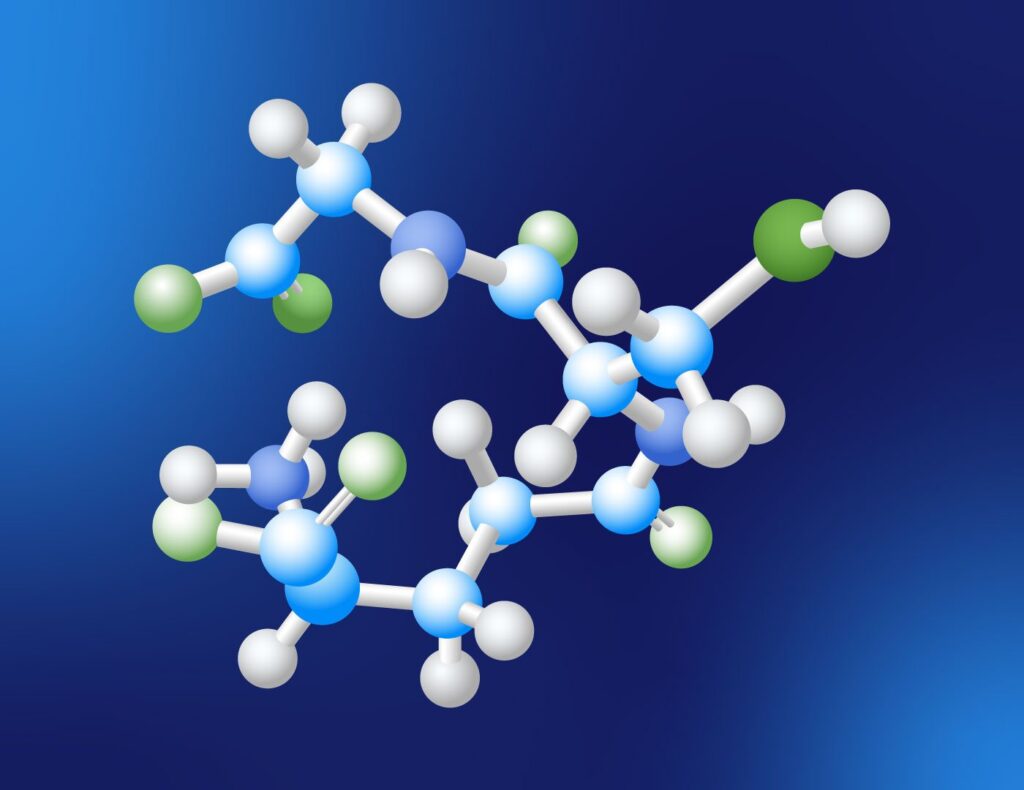Your Guide to GlyNAC Supplementation: Expert Tips
We often associate aging with outer appearance – wrinkles, fine lines, grey hair, and sagging skin. But what happens on the inside as we age?
Just as our skin and hair change, our cells undergo significant alterations that affect their normal functions. This leads to a decline in essential processes, including cellular repair and energy production. One key factor contributing to cellular aging is oxidative stress, which results from the accumulation of free radicals in the body.
Free radicals are highly reactive and unstable molecules with unpaired electrons. They are generated naturally in our bodies and can also be produced by external factors such as pollution, excessive UV exposure, and tobacco use. Because they are unstable, free radicals seek electrons from nearby molecules, causing damage to the DNA, proteins, and lipids in our body. This disruption of normal cell function accelerates the aging process.
As a result, we experience a gradual decline in tissue function and overall health, along with the onset of various age-related conditions. Therefore, maintaining a strong antioxidant defense is crucial for mitigating the effects of aging.
GlyNAC: Your Go-To Supplement for Antioxidant Defense

GlyNAC is a supplement that combines glycine, an amino acid, with NAC, a derivative of the amino acid cysteine. Both these components are known for their individual health benefits, but when combined, they appear to offer synergistic effects that are particularly promising for aging and metabolic health. (1)
Glycine
Glycine is a simple amino acid that performs various essential functions in the body, including: (2)
Collagen Synthesis
Glycine is a key component of collagen, the protein that forms the structural support of our skin, bones, and connective tissues.
Neurotransmitter Function
Glycine also acts as an inhibitory neurotransmitter in the central nervous system, helping regulate nerve impulses and maintain brain function.
Metabolic Pathways
Glycine participates in multiple metabolic pathways, including the synthesis of other important compounds like creatine and porphyrins.
Glutathione Production
Glycine is involved in the synthesis of glutathione, a crucial antioxidant that neutralizes free radicals and supports detoxification.
N-acetylcysteine (NAC)
NAC is a derivative of the amino acid cysteine and is well-known for its antioxidant properties: (3)
Glutathione Production
NAC is a precursor to glutathione, aiding in its production.
Cellular Detoxification
It supports the detoxification processes in the liver, promoting the removal of toxins from the body.
Benefits of GlyNAC Supplementation
When combined, glycine and NAC offer synergistic benefits that are crucial for our overall health and well-being: (1)
Enhanced Antioxidant Defense
GlyNAC supplementation helps increase glutathione levels, boosting the body’s ability to combat oxidative stress and reduce cellular damage.
Improved Cellular Function
By supporting glutathione production and cellular metabolism, GlyNAC can improve overall cellular function, leading to better energy levels and health.
Cognitive Benefits
Studies suggest that GlyNAC may support cognitive function and protect against age-related cognitive decline, likely due to its effects on oxidative stress and cellular health.
Metabolic Health
GlyNAC may enhance insulin sensitivity and support metabolic health, crucial for managing chronic conditions like diabetes.
How Does GlyNAC Work?
GlyNAC functions through several key mechanisms: (1)
Boosting Glutathione
By increasing the availability of glycine and cysteine, GlyNAC raises glutathione levels. This helps protect cells from oxidative damage and supports detoxification.
Reducing Inflammation
GlyNAC’s antioxidant properties can help mitigate chronic inflammation, a common feature of aging and many age-related diseases.
Supporting Metabolic Pathways
The combination of glycine and NAC supports various metabolic pathways, including energy production and cellular repair, contributing to overall health and vitality.
What’s the Best Way and Time to Consume GlyNAC?
If you are consuming a GlyNAC supplement that comes in powdered form, taking it every night after food can be a convenient and effective way to incorporate this into your routine. It’s important to follow the dosage instructions on the product label and maintain consistent timing.
Just remember to stay hydrated throughout the day!

Choosing a good GlyNAC supplement or a glutathione supplement can do wonders for your overall health. xLongevity’s advanced formula combines glycine (5g) and N-acetylcysteine (NAC) (1g) in a potent 5:1 ratio, promoting the synthesis of glutathione.
Going beyond mere supplementation, our GlyNAC helps to strengthen the antioxidant defense, facilitates whole-body detoxification, boosts immune function, and preserves your respiratory health. Enriched with essential cofactors selenium & molybdenum, it ensures superior cellular nourishment and protection.
Rest assured, our supplement undergoes rigorous third-party testing for heavy metals, pesticides, and contaminants, ensuring the highest quality and safety standards for your peace of mind.
Give it a try now!
References
- Supplementing Glycine and N-Acetylcysteine (GlyNAC) in Older Adults Improves Glutathione Deficiency, Oxidative Stress, Mitochondrial Dysfunction, Inflammation, Physical Function, and Aging Hallmarks: A Randomized Clinical Trial – PMC (nih.gov)
- Multifarious Beneficial Effect of Nonessential Amino Acid, Glycine: A Review – PMC (nih.gov)
- Medical and Dietary Uses of N-Acetylcysteine – PMC (nih.gov)




